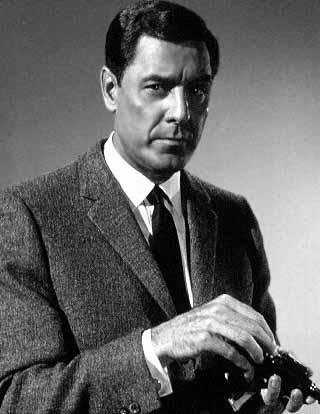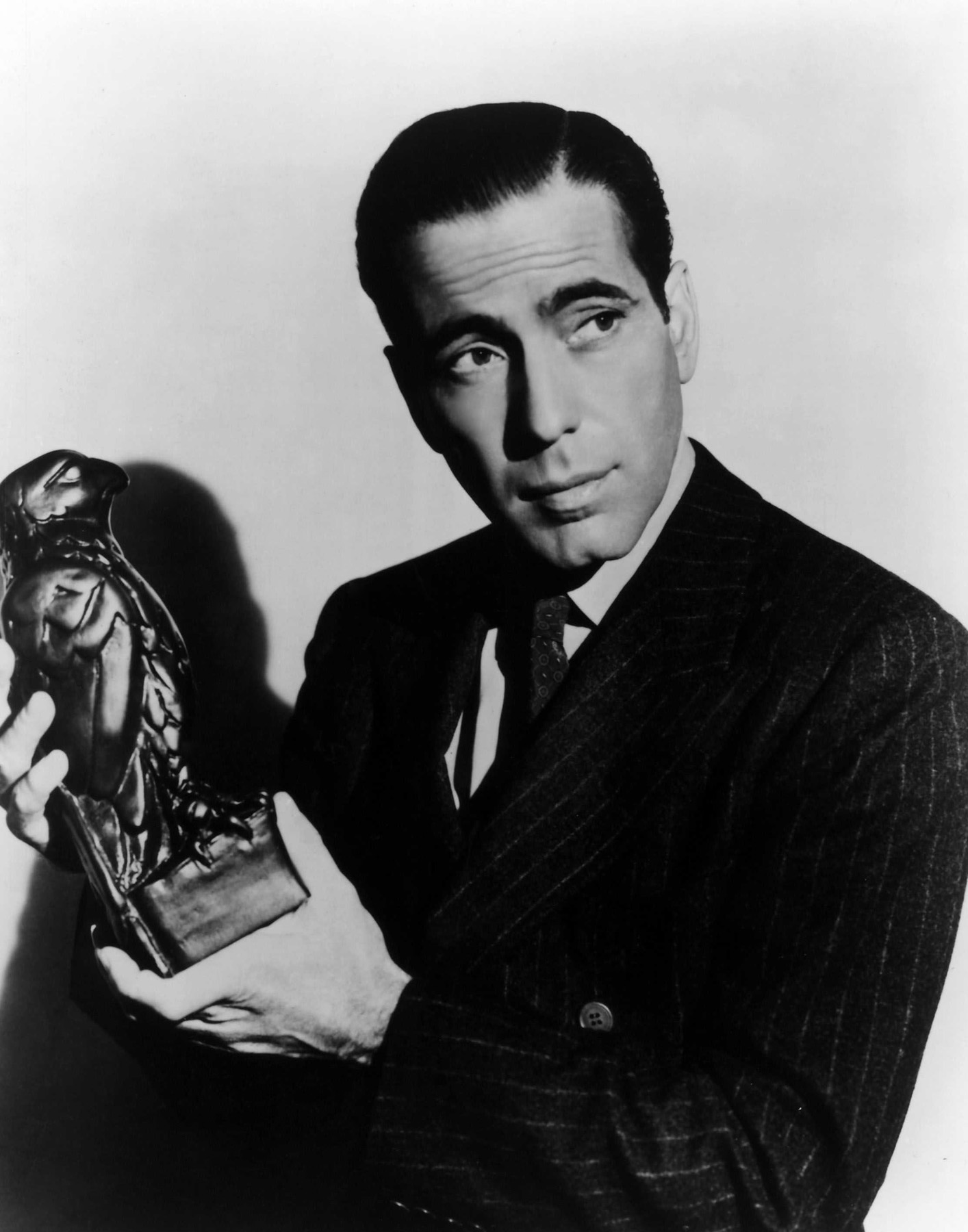When I was a child in the Southern California of the late 1950s, watching Peter Gunn on television was one of the week’s highlights. Henry Mancini, who did the music for the series, lived in a neighboring town and went to our San Fernando Valley church, so we had a proprietary interest in the show. Part of Peter Gunn’s essence was the jazz soundtrack. The theme Mancini composed for the opening credits went on to have a life of its own as a jazz standard. The driving boogie woogie bass line pierced by those sexy horns is still instantly recognizable.
Gunn was the ultimate hipster, equally at home prowling the mean streets of his un-named waterfront city or hanging out by the bar at Mother’s, the jazz club where he romanced the sultry girl singer, Edie Hart. He was the cat that always landed on its feet. And the jazz soundtrack, a real innovation in those days, gave the series an edgy feel and upped the cool quotient of its hero considerably. In the 1950s, jazz was still outsiders’ music, the music of Jack Kerouac and his beatnik pals. When we switched the channel to Peter Gunn, we brought a slice of the demimonde, albeit sanitized, into our suburban living rooms. I didn’t know anyone who hung out in jazz clubs. My parents certainly didn’t.

The first real-life private investigator was Eugène François Vidocq, who set up an investigative agency in Paris in 1833. Vidocq himself was a former criminal who had actually spent time in prison—thus his insight into the criminal mind. He was at home in the demimonde because he actually belonged there.
Arguably, the first fictional detective was Edgar Allan Poe’s C. Auguste Dupin, who made his debut in “The Murders in the Rue Morgue” in 1841. Dupin is more of a dilettante than a professional, a young man who enjoys the mental challenge of solving crimes. But he established a pattern for fictional professional sleuths. He’s an eccentric who lives in a decaying mansion and goes out only at night. He cultivates eccentricity—as if that eccentricity gives him the detachment to let his probing mind function at its highest peak. Jazz hadn’t been invented yet, but if it had, his ramblings might well have taken him to seedy haunts where the music didn’t stop till the sun came up.
Arthur Conan Doyle’s Sherlock Holmes owes a clear debt to Dupin. Holmes is a solitary thinker whose addiction to opium and devotion to his violin suggest a mind stretched to the breaking point by the rigors of deduction. There’s a great article by Jens Byskov Jenson at Baker Street Journal, exploring Holmes’s musical tastes. Jenson suggests that the strange sounds Watson describes as coming from Holmes’s violin represent Holmes experimenting with avant garde music in a vein later explored by Béla Bartók and others.

Nick Charles, in The Thin Man, is a former private investigator who, now that he’s married to a socialite, is happy to loaf in speakeasies hobnobbing with his criminal pals. He’s only lured back into solving crimes at his wife’s behest. Hammett was responsible for only the original book, but The Thin Man became a movie, which launched a whole series of movies. Those movies further developed Nick Charles’ character, even letting him fraternize with bebop musicians in Song of the Thin Man.
Raymond Chandler’s Philip Marlowe, like Sam Spade, is also hard-drinking loner, who became a PI after he was fired from the DA’s office for insubordination.
Humphrey Bogart brought both Spade and Marlowe to life on the screen. He gave face and voice to their coolness to the point that in many people’s minds Hammett’s and Chandler’s heroes are indistinguishable from Bogart himself. And if you’ll indulge me, let me point out that in Casablanca—though of course Bogart doesn’t play a private investigator—he’s the proprietor of a nightclub. And an African-American piano player, who improvises jazz when he’s off duty, is his best pal.
It’s not a long step at all from these characters to Peter Gunn, though a few rough edges were smoothed off in deference to the standards of 1950s television programming. Like his fictional predecessors though, Gunn goes his own way. His sparring with Lieutenant Jacoby makes the point that Jacoby works within the letter of the law while Gunn, as a free agent and his own man, doesn’t have to. And his home away from home, Mother’s jazz club, guarantees his perennially cool, outsider status.
Peggy Ehrhart is the author of Sweet Man Is Gone (2008) and Got No Friend Anyhow (2011), both from Five Star/Gale/Cengage and featuring blues-singer sleuth Elizabeth “Maxx” Maxwell.

Peggy the tradition continued with Mike Hammer and Harlem Nocture which is also a tres cool bit of jazz. You could almost feel the night air and drizzle on the side walks of New York City when they opened the show with that tune. I could see figures moving in the shadows going somewhere unknown and up to no good when that tune started up.
Once again outsider music although by the time Mike Hammer was a television show, jazz was more mainstream. Thanks for the walk down memory lane. What music would be the theme songs for Spade and Marlowe? I don’t remember the movies playing music of that sort.
Oh yeah and one last thing, after watching that opening clip from You Tube, wasn’t it great the shows were in gritty black and white. Similar to the music, the production completely fit the mood of the show, dark, strange, and hard-boiled. Great memories.
I adore the music Henry Mancini! Just started a record collection after buying a vintage record player off of a friend and will definitely listen to Peter Gunn. I cannot agree more that the lo-def, black and white quality evokes nostalgia for a bygone era in this blu ray age. That’s why I love the pops and scratches of a LP.
Thnaks for Shaering it